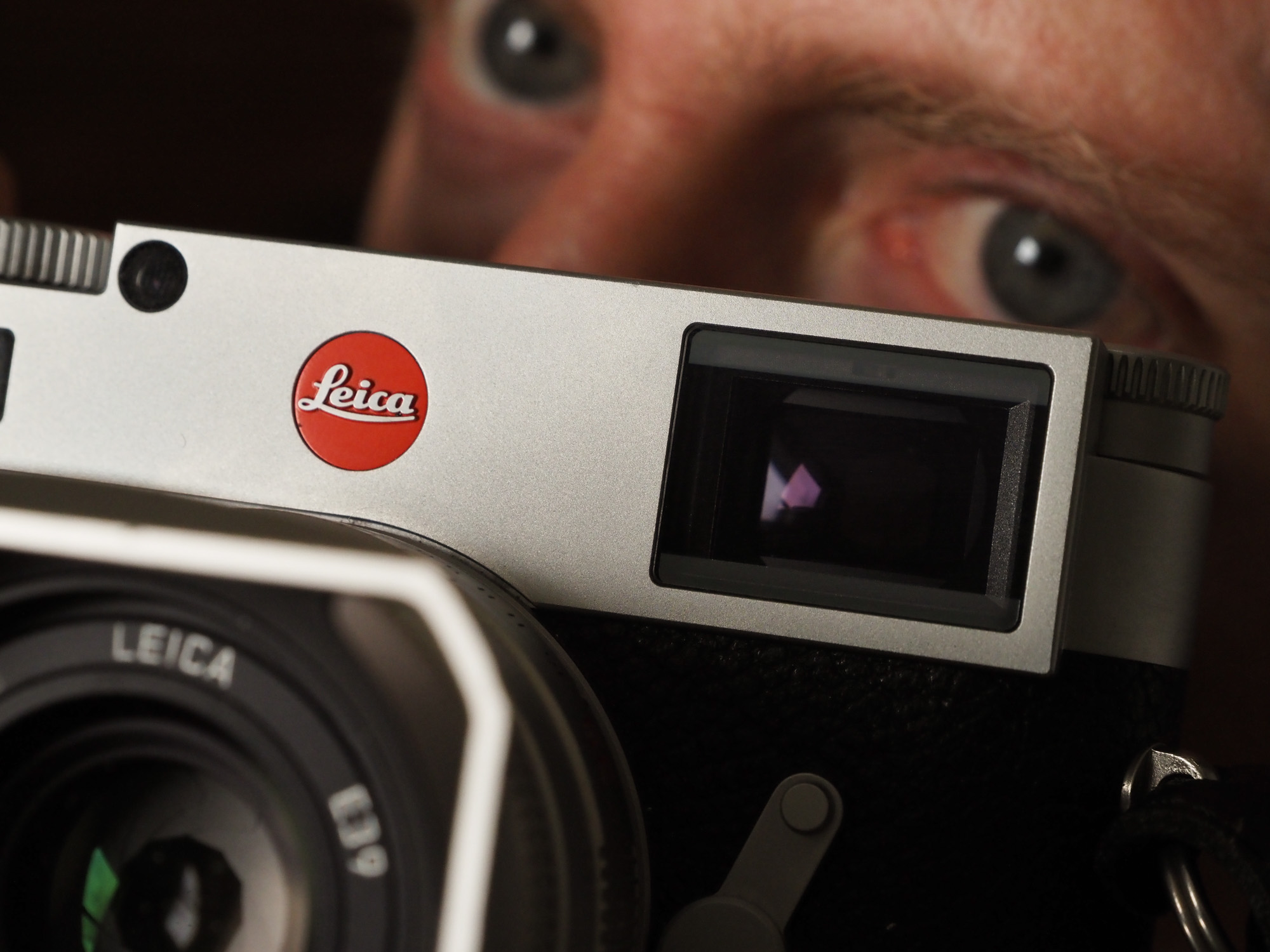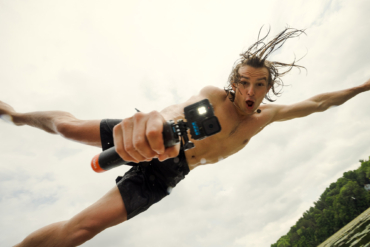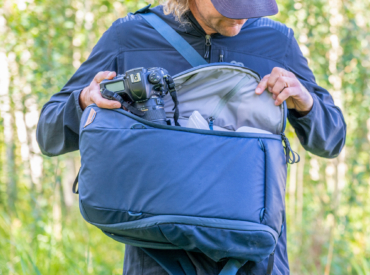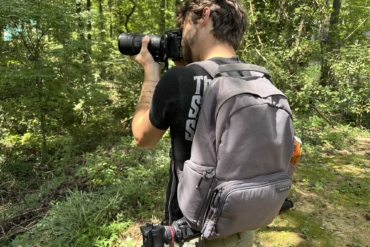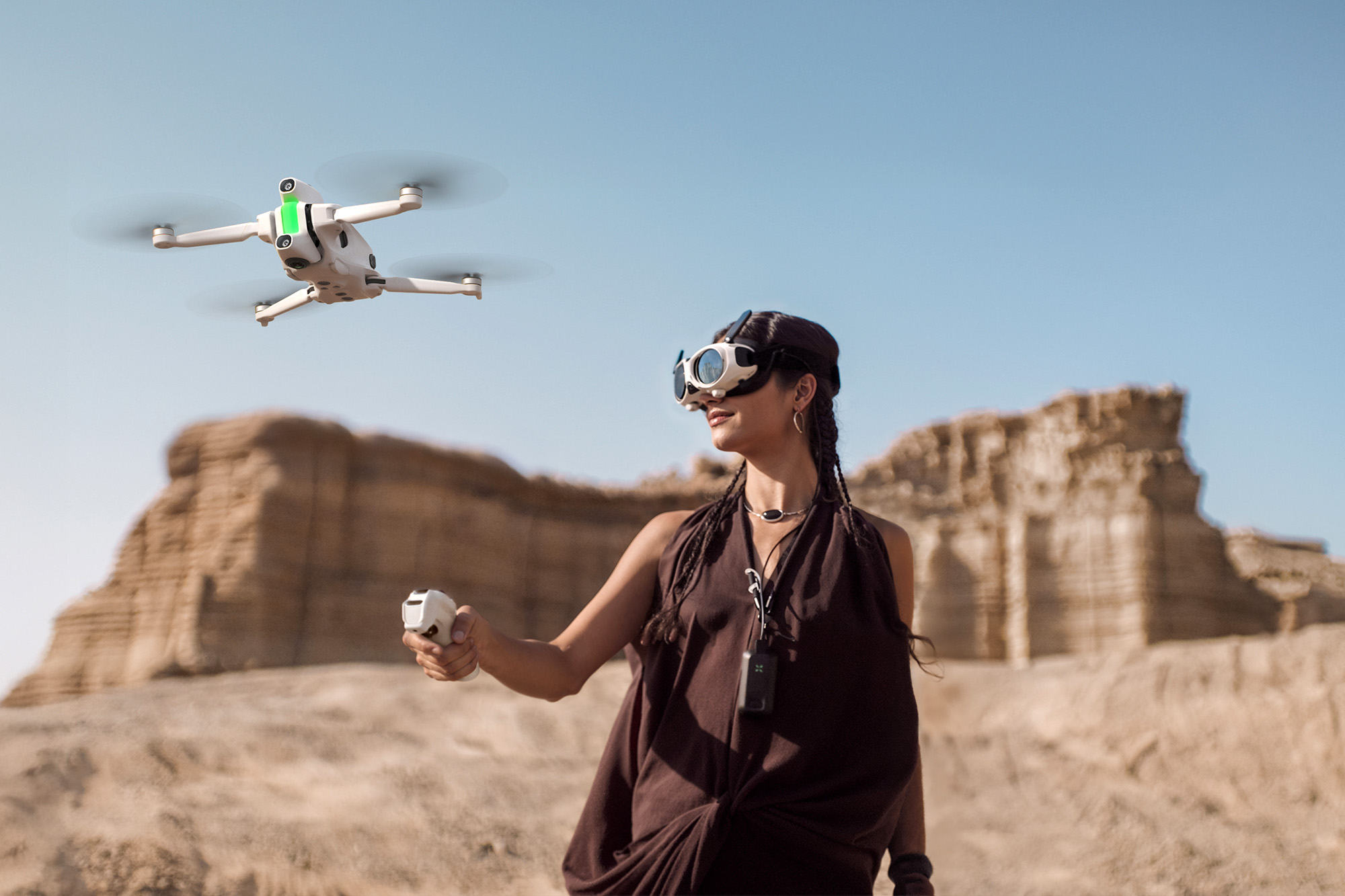The box arrived at our office with nothing more than a “fragile” sticker to betray the remarkable product within. But once I cracked the tape and pulled aside some hastily packed bubble wrap, there it was. Glinting silver and black in the dim office light was a geometric, no-nonsense shape. Emblazoned with a red dot front and center, and the script letters — Leica.
My hands cradled the camera, a fabulously powerful Leica M11, as I lifted it instinctually to my eye. Instantly, it transported me back in time. I rocked the focus lever and watched the split-image focus come into sharp relief on a vertical line on a wall. And it all came flooding back — a passion for photography in my youth washed away in the same digital tidal wave that swept away so many print publications.
This world-class, modern digital camera, compatible with old lenses from my film career, breathed life into a love I thought was long gone.
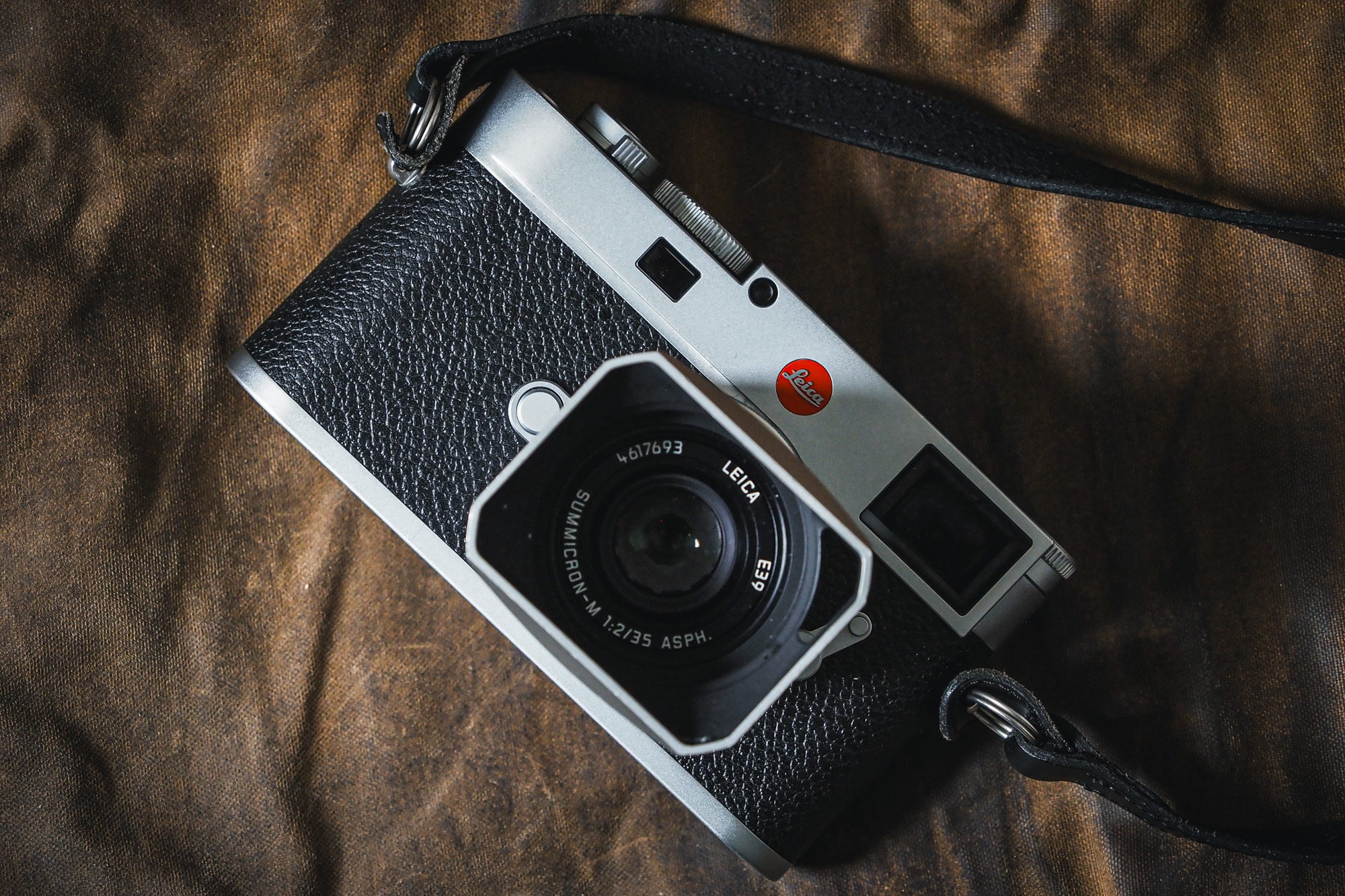
I Loved Photography Until It All Crashed Down
I started working in photography professionally in 1995. It was just a student newspaper. However, the Minnesota Daily at the University of Minnesota had a decent darkroom, talented staff, and enough legendary alumni to light my fire as a cub reporter and photographer.
In this first job, I would gather two or three assignments written longhand on a paper template each day. Then, I’d bike to the event, like a speech, protest, or sporting contest, shoot photos, sprint back to the newsroom, and process the film in nearly complete darkness.
The editor and I would sleeve the negatives and quickly view them on a light table, pick one or two for the paper, and scan them into a newfangled “computer” for layout.
I was living a dream I’d had since I first picked up photography seriously in ninth grade. I imagined photographing historical events and traveling the world while pouring over National Geographic magazines. Then made it to college, and it was real. I was in a working darkroom.
I could have never guessed in a million years, but it was the end of an era.
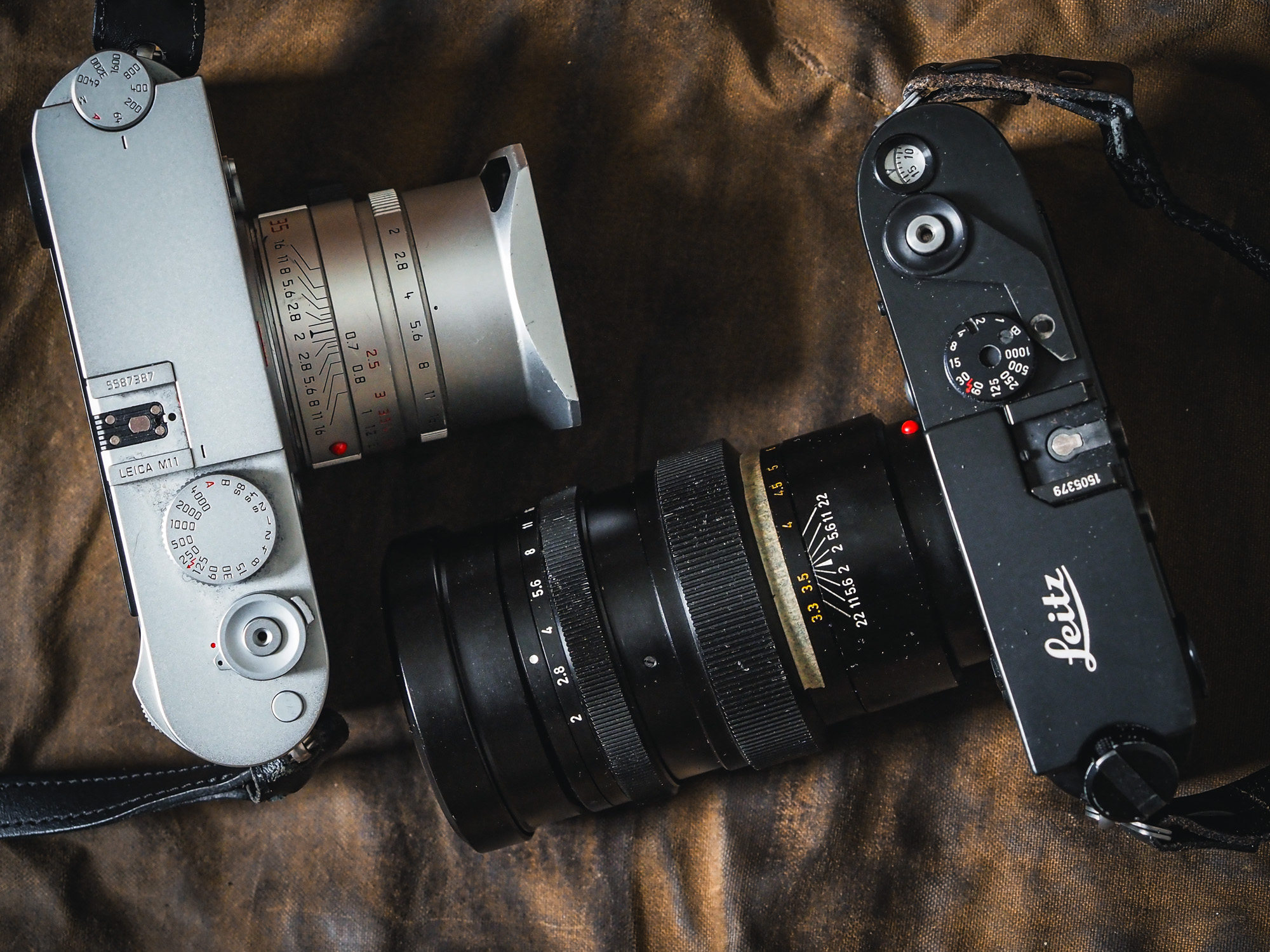
The Digitization of Photojournalism
Over the next decade, I watched newsrooms die just as my career launched. I was laid off from my first job as a “stringer,” or freelancer, at the Pioneer Press before I even landed my first staff role. The company had just invested in its first digital cameras.
The Nikon D1 cost $5,000 and had a 2.7-megapixel sensor. For context, your iPhone 15’s camera has 48 megapixels. With the D1, a single photographer could do the work of four film photographers.
Fate saw me land a job at a great little newspaper in the Virgin Islands. I worked there for 10 years and watched the staff size shrink from a couple dozen reporters and photographers in 2001 to a half-dozen when I quit in 2011. When I left the newspaper as its chief photographer (and, now wearing all sorts of hats, its news/sports/lifestyle reporter), I thought photography was dead.
I lucked into a gig with GearJunkie, where I freelanced for a while before coming on board full-time in 2012. And the rest, they say, is history.
Somewhere during this tumultuous career, I’d lost my love of photography. I had become jaded with a career I saw as unsustainable. I no longer chased the light or found the joy of a perfectly captured decisive moment.
And, I never even realized it was gone until a couple of weeks ago, when the iconic camera brand loaned me, arguably, the best rangefinder camera ever made, the Leica M11.
A Little Dust on the Box
The silver box sat on the floor next to the bed. It had a pearl gray handle, a lock code on top, two heavy latches, and a thick coat of brownish dust. Inside, one of my most cherished possessions was a Leica M4-2, two lenses, and a film winder. My father, who was also once a professional photographer, gave them to me as a college graduation present in the ’90s. I had used it on many of my first paying gigs through the late ’90s.
Then it had sat unopened from about 2001 until last month.
You see, the M11 demo would come with just a single lens. But my old lenses, built in the 1970s, would work on the M11. While they may not be able to resolve as well as modern lenses on the wildly detailed 60.3-megapixel sensor, for me, this would be an opportunity to revisit some tools I hadn’t touched in decades.
And in dusting off the box, I awoke from a stupor in which photography was bland, normal, and ubiquitous. One day, I was a slave to screens and the unending parade of Instagram reels. The next, I revisited classic artists and critiqued my own work in new ways.
In short, I had rediscovered a passion for photography.
Leica M11: Like Riding a Bike
This is not exactly a review of the Leica M11. Well, not a review in the sense of providing a pile of comparison images, specs, and zoomed details. No, I’ll let the photo tech blogs chase that rainbow.
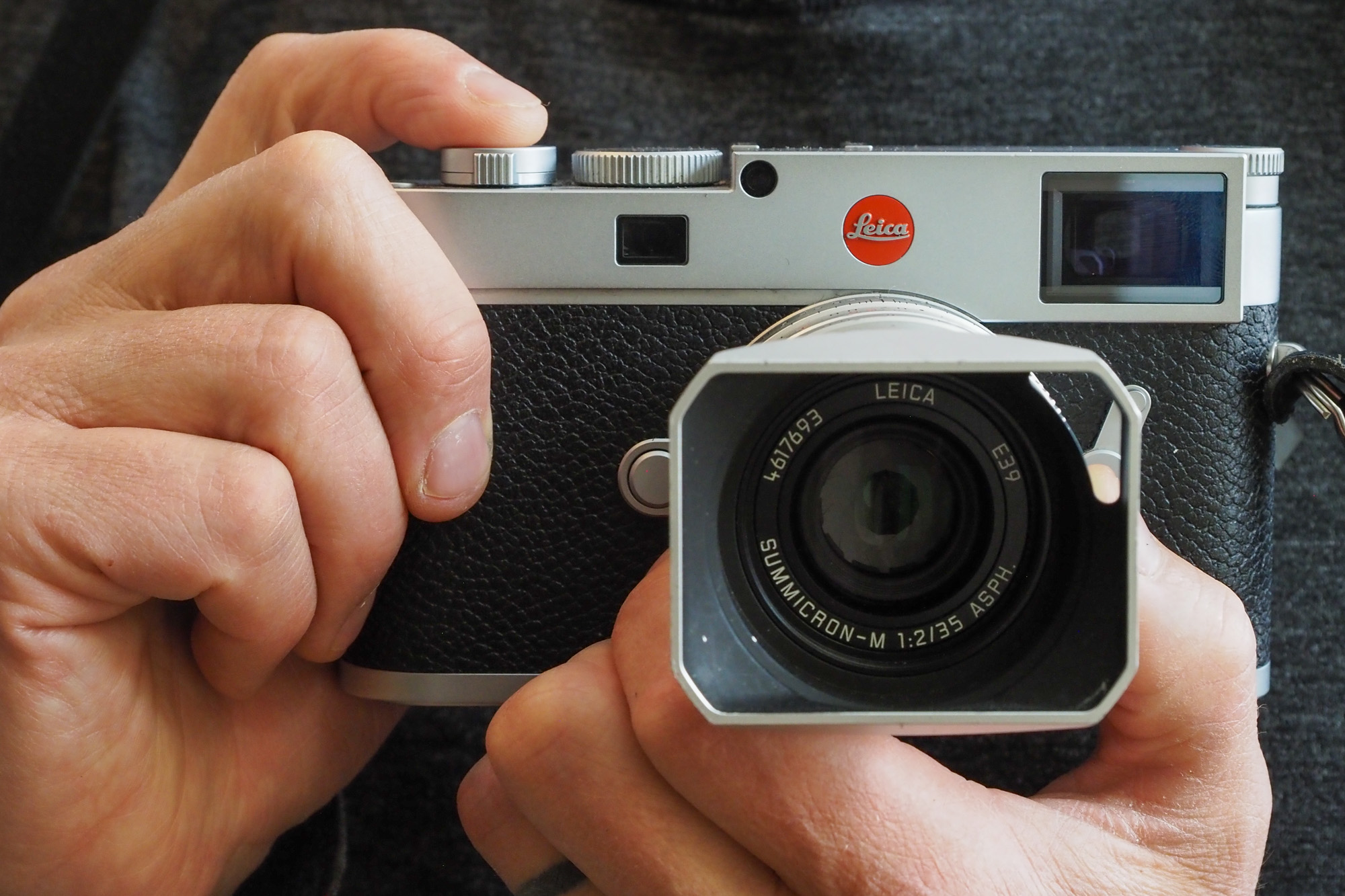
I’m here to talk about the reality of the M11. It’s a fantastic and fantastically expensive modern digital viewfinder camera. And it inspires a kind of use that makes my buried synapses fire in ways no DSLR has done in a decade or more.
With the M11, you must focus on the single shot. Sure, it has a 4.5 frames-per-second mode that can capture images faster than my old film Leica. But that’s not how to use a rangefinder camera. No, you move slowly, like a hunter awaiting that perfect moment to pounce on a photo. Pre-focus on the space, wait for the moment, and then with a single press, you lock that instant immortal.
It’s an enthusiast’s camera in that way. As a working pro, I had used the Leica M4-2 only on a handful of shoots, mostly when the weather was so cold in Minnesota that my Nikon F camera batteries tended to die too fast. The Leica, a purely mechanical tool, always worked. But it was rarely the ideal camera for fast-moving news or action.
Nor is the M11. While meticulously crafted, and with an efficient user interface, it still moves slowly. And I think that fact is what rekindled my imagination, which for years was blunted by the “more, faster, now” mentality of the news industry.
M11 Impressions
As I said, this isn’t a deep review. But this is GearJunkie, after all, so I’ll share my impressions of the camera for those who may be considering the significant investment.
The M11 represents the pinnacle of modern digital viewfinder cameras. It is the nicest camera I’ve used, and I have used many. I’m not impressed with price tags — they come with the territory of professional camera gear. For the record, this bad boy costs $9,000 for the body alone.
The M11 hit differently than, say, top-tier Sony or Nikon kits. Those say, “I’m here for business.” While entirely capable of shooting professional work, the Leica still screams, “This is for pleasure.”
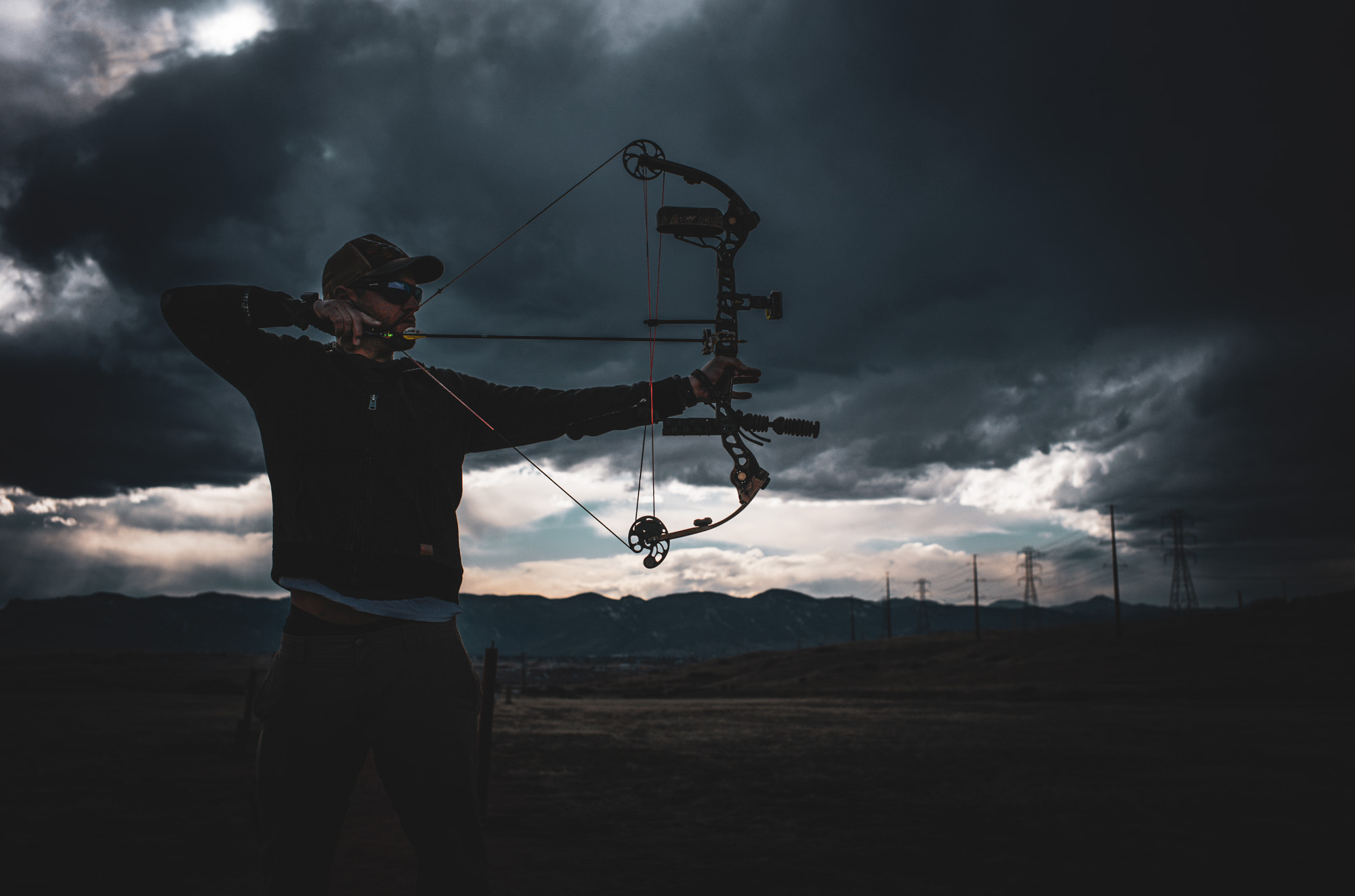
The interface, for example, is meant for customization. Things like the rear selector knob, which is easily configurable for each photographer’s preferences, make menu selections breezy. The familiar view through the rangefinder gives a broad view of any scene, like a painter holding their hands up as a frame. It begs for creative composition.
And then, of course, is the build quality. Nothing compares with the feeling of a Leica in the hand. Heavy, robust, and industrial, the camera feels like it’s milled from pure metal — which it is, aluminum in this case.
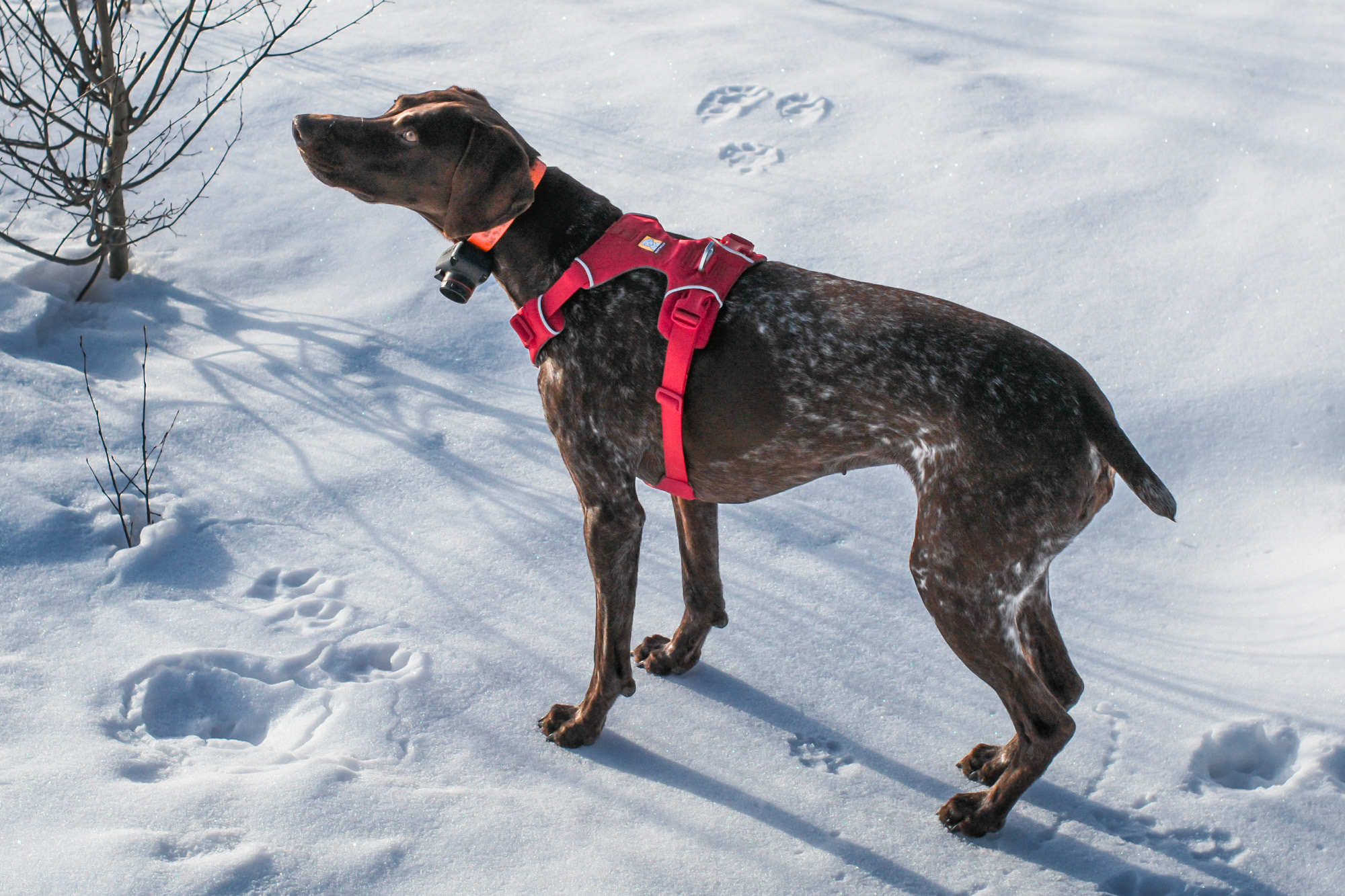
The week or two I spent with the M11 blew me away: battery life, ergonomics, dynamic range, and menu clarity, among other technical details, were simply fantastic.
And then was the ability to use my own old lenses. Built in the 1970s, the Summilux 35mm and Summicron 90mm lenses worked, as I expected, flawlessly on the modern body.
More than once, I remarked on the joy of using a Leica but not having to wait to process the film to see the results.
I snapped pictures of friends and family and shot landscapes. I experimented with depth of field and shutter speeds. Many photos failed miserably.
Basically, I was shooting photos for the joy of it. I had rediscovered a passion that had faded from years of hard use and abuse. Photography, I remembered, could be fun.
Now What?
So now, the ultimate question: Will I pony up a vast sum of money to buy a Leica M11? In short, no. As much as I enjoyed my week in the land of luxury, it’s not a realistic investment for me, at least not now.
But will I consider a less expensive, older digital body from Leica? That question is more complex. There are quite a few on the market that are, while not cheap, also not as prohibitively expensive. While it is not the most practical investment for someone who still shoots a lot of photos professionally, the idea of strapping my old-school lenses on a modern body for street festivals, wedding celebrations, or to carry in a backpack for wilderness excursions is tempting.
I doubt the Leica will ever become my go-to working camera. The world of pro photography is just too fast-paced, and the world of outdoor sports photography is too rough and dangerous.
But today, I’m re-inspired. And there’s an M4-2 in a dusty case that needs cleaning. And I think inside, there’s a half-shot roll of film with who-knows-what photos from decades ago, undeveloped. It might be time to buy a few hours in a dark room and go back to a slower time, if just for a reminder as to why photography can still be magic.
